Martin Howse
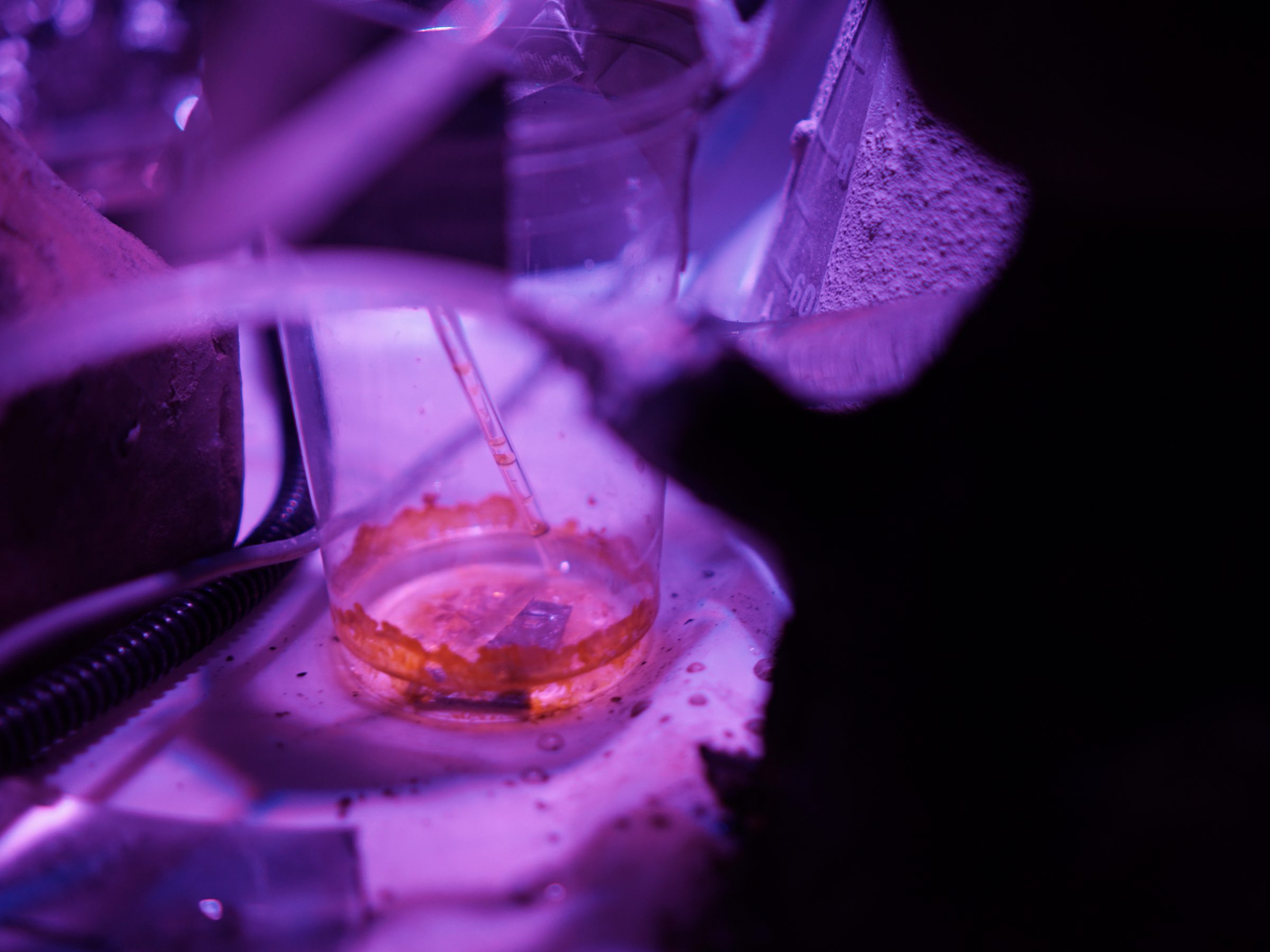
Meta.Morf 2022 – Ecophilia / Dokkhuset / Conference May 21 / Curator: Zane Cerpina
Tiny Mining: interior geologies
Martin Howse [UK/DE]
I’m starting to feel that the company wants to hide the natural way of doing our things, of farming and eating, so that they can be financed and nourished by the mining that takes place within us. [Testimony from a Tiny Mining user]
We believe that the earth should remain as pristine and untouched nature; we have no desire to carry on extracting resources from a depleted world, polluting and laying waste to the landscape. Saving the planet is now a matter of becoming sensitive to our own geological being. In mining ourselves we gain knowledge of our own bodies, our selves and the global environment. This is a final ecology for the end days. Nature will remain and our technologies will now be sourced from within; we will thus no longer be dependent on scarce and already polluted environmental resources. [Tiny Mining Mission Statement from tinymining.me]
The body is and has always been geological. We can think of kidney stones, of crystals formed in urine and of iron in the blood. We incorporate the earth and its minerals, becoming sedimentary. New layers of anthropological minerals and particles deposit in blood, bones and brain. From 1945 onwards, radioactive Strontium-90 replaced Strontium in skeleton and teeth. This is a new environment which can be extracted as a contemporary, aesthetic resource.
Tiny Mining (TM) is the first open source mineral exploration co-operative and resource specialist committed to the potential exploitation of the interior of the living human body for rare earth and other mineral resources in the interests of human and planetary health.
The wider Tiny Mining community was founded in November 2019, and the initiative is devoted to exploring the culture of self mining through sharing knowledge, advocacy, discussion, tutorials and collective sweatshops. This open community consists of a diverse group of chemists, geologists, artists and alternative medicine practitioners.
Tiny Mining inverts notions of human impact on the environment, of the anthropogenic, turning the idea of the pollution of an outside environment on its head and sensitively inside out. Environmental concerns are no longer out there, in a controlled and surveyed landscape of “nature”; to be protected. The dread-ful “anthropocene” is now an internal story written within interior geologies and in the deep time of ingestion and digestion. Saving the planet is now a matter of looking into ourselves. Tiny Mining users exhibit an extreme and ascetic love for “nature”.
“Tiny Mining: interior geologies” explores the practice of Tiny Mining, and examining this practice and community from an anthropological and environmental perspective, asks questions of what Tiny Mining points towards in terms of a new relationship with the environment and with geology.
Martin Howse
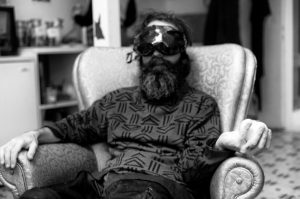 Martin Howse is occupied with an investigation of the links between the earth (geological and geophysical phenomena), software and the a/human psyche (psychogeophysics) through the construction of experimental situations (performance, laboratories, walks, and workshops), material art works, instruments, fictions, texts and software.
Martin Howse is occupied with an investigation of the links between the earth (geological and geophysical phenomena), software and the a/human psyche (psychogeophysics) through the construction of experimental situations (performance, laboratories, walks, and workshops), material art works, instruments, fictions, texts and software.
From 1998 to 2005 Howse was director of ap, a software performance group working with electronic waste, pioneering an early approach to digital glitch. From 2007 to 2009 they hosted a regular workshop, micro-residency and salon series in Berlin. Howse has worked and collaborated on acclaimed projects and practices such as The Crystal World, Psychogeophysics, Earthboot, Sketches towards an Earth Computer, Dissolutions and Shift Register. For the last ten years Howse has initiated numerous open-laboratory style projects and performed, published, lectured and exhibited worldwide. They have shown works at venues including Transmediale Berlin, Jeu de Paume Paris, ICA London, TEA Tenerife, Taipei Fine Arts Museum and the Pharmacy Museum Basel. Their projects have featured in publications such as The Wire, Handmade Electronic Music, A Geology of Media, and The Routledge Companion to Music, Technology, and Education.
Howse is currently collaborating on several film projects based around the extensive uranium mines and radon spa locations of Joachimsthal, Czech Republic. They are equally the creator of the ongoing ERD modular synthesizer series and founder of the Tiny Mining community.
Header Graphics: “Tiny Mining” by Martin Howse.
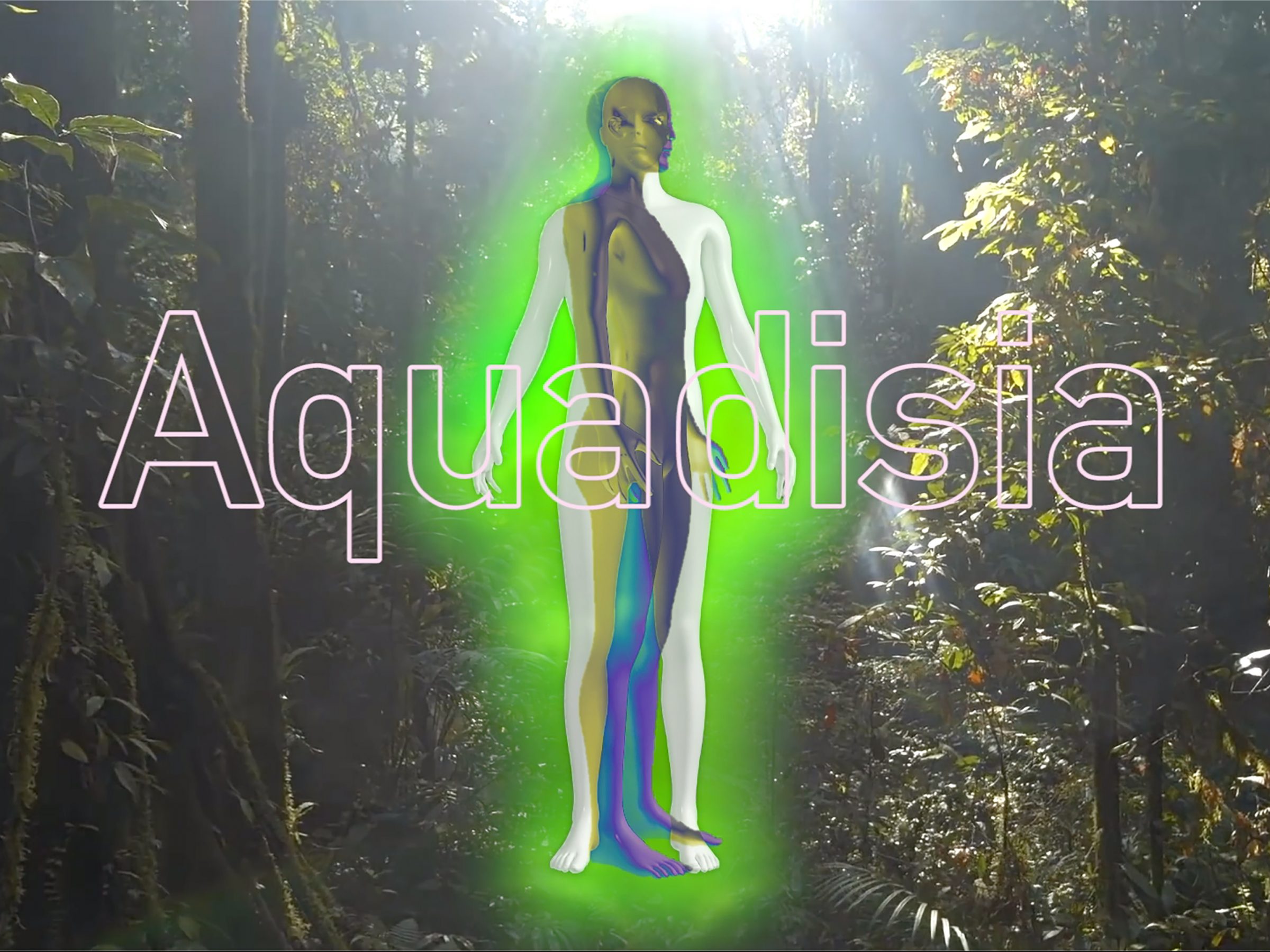
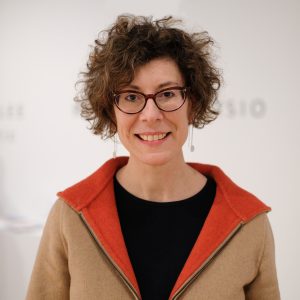 Stephanie Rothenberg’s interdisciplinary art draws from digital culture, science and economics to explore symbiotic relationships between human designed systems and biological ecosystems. Moving between real and virtual spaces, she engages a variety of media platforms that include interactive installation, drawing, sculpture, video and performance. Her artworks make visible the terrestrial and digital networks of capital that flow through the bodies of both human and more-than-human entities. Arising from her fascination with techno utopian culture, her multimedia storytelling seeks to reveal the contradictions of its narratives. Topics in her work include the bio politics of digital labor and sustainability myths surrounding the concept of natural capital.
Stephanie Rothenberg’s interdisciplinary art draws from digital culture, science and economics to explore symbiotic relationships between human designed systems and biological ecosystems. Moving between real and virtual spaces, she engages a variety of media platforms that include interactive installation, drawing, sculpture, video and performance. Her artworks make visible the terrestrial and digital networks of capital that flow through the bodies of both human and more-than-human entities. Arising from her fascination with techno utopian culture, her multimedia storytelling seeks to reveal the contradictions of its narratives. Topics in her work include the bio politics of digital labor and sustainability myths surrounding the concept of natural capital.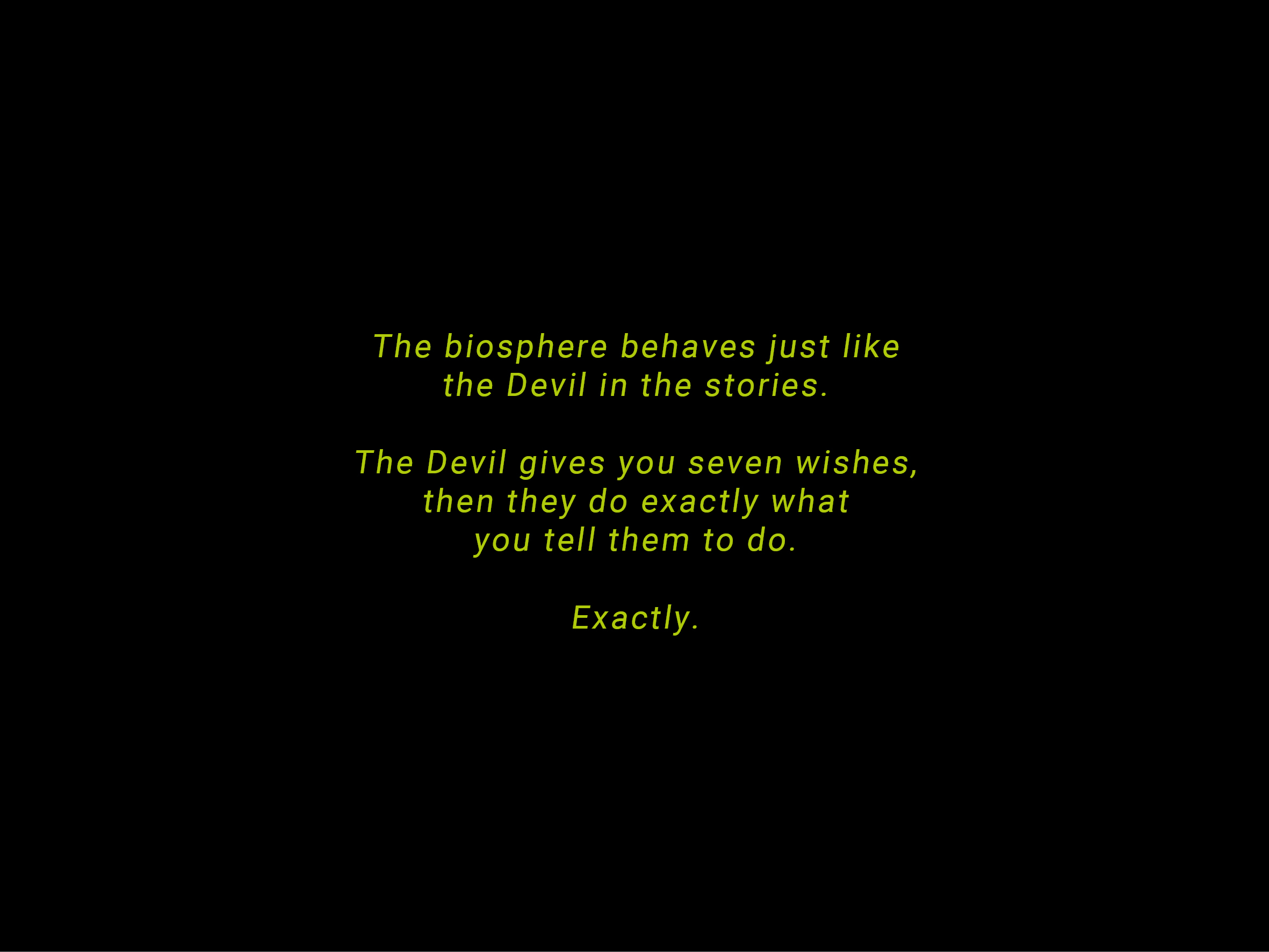
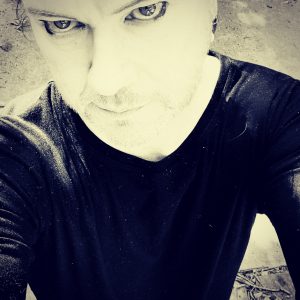 Timothy Morton is Rita Shea Guffey Chair in English at Rice University. They have collaborated with Laurie Anderson, Björk, Jennifer Walshe, Hrafnhildur Arnadottir, Sabrina Scott, Adam McKay, Jeff Bridges, Olafur Eliasson, Pharrell Williams, and Justin Guariglia. Morton co-wrote and appears in Living in the Future’s Past, a 2018 film about global warming with Jeff Bridges. They are the author of the libretto for the opera Time Time Time by Jennifer Walshe.
Timothy Morton is Rita Shea Guffey Chair in English at Rice University. They have collaborated with Laurie Anderson, Björk, Jennifer Walshe, Hrafnhildur Arnadottir, Sabrina Scott, Adam McKay, Jeff Bridges, Olafur Eliasson, Pharrell Williams, and Justin Guariglia. Morton co-wrote and appears in Living in the Future’s Past, a 2018 film about global warming with Jeff Bridges. They are the author of the libretto for the opera Time Time Time by Jennifer Walshe.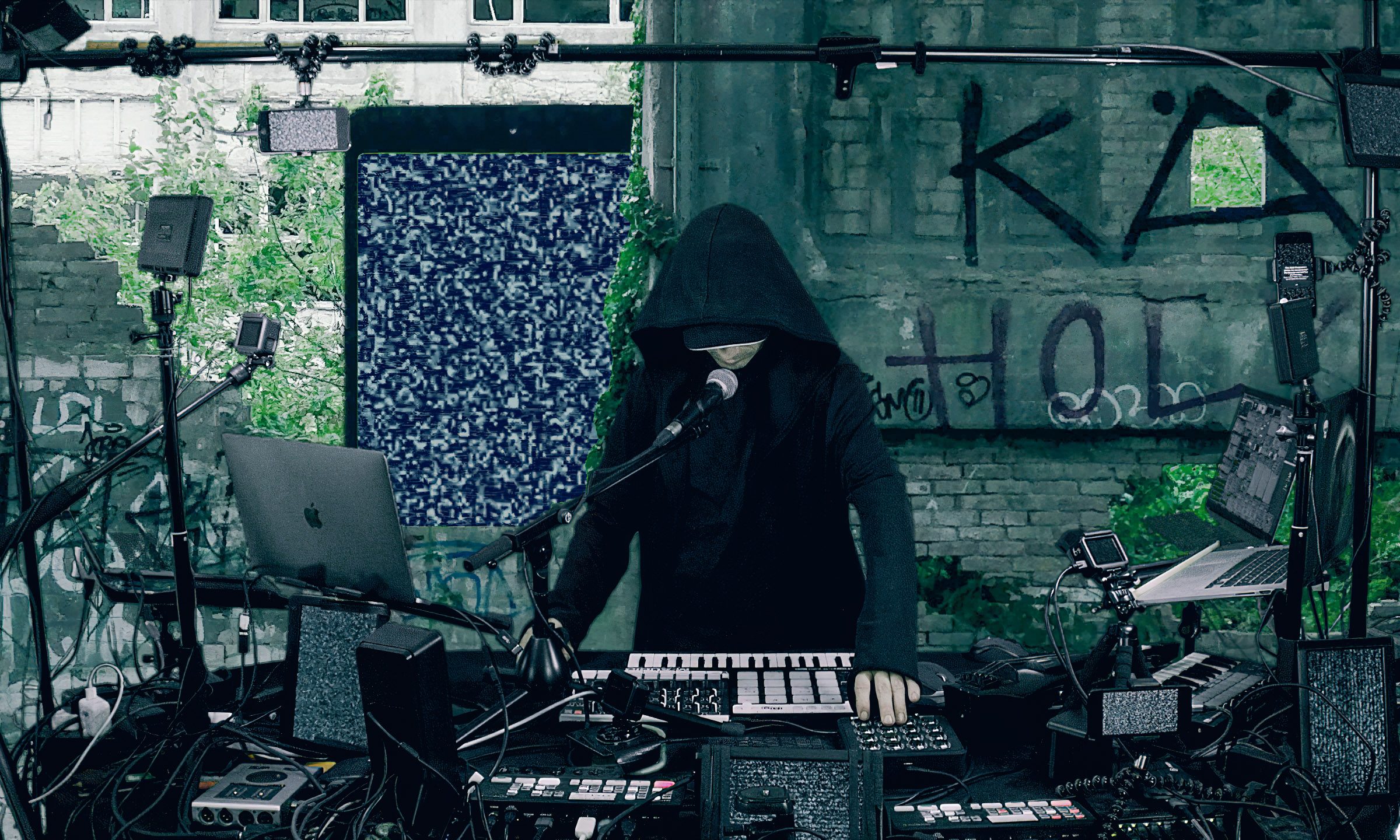
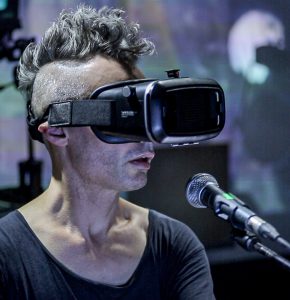 Gisle Martens Meyer, born 1975, is a Norwegian composer, media-artist, and electronic music producer. His work centers on ” escapism in dystopian futures”. He has created award-winning media-art performances for European festivals for art and media, toured internationally with his electronic music acts, and been commissioned to score productions from independent contemporary dance to hit TV shows and blockbuster videogames.
Gisle Martens Meyer, born 1975, is a Norwegian composer, media-artist, and electronic music producer. His work centers on ” escapism in dystopian futures”. He has created award-winning media-art performances for European festivals for art and media, toured internationally with his electronic music acts, and been commissioned to score productions from independent contemporary dance to hit TV shows and blockbuster videogames.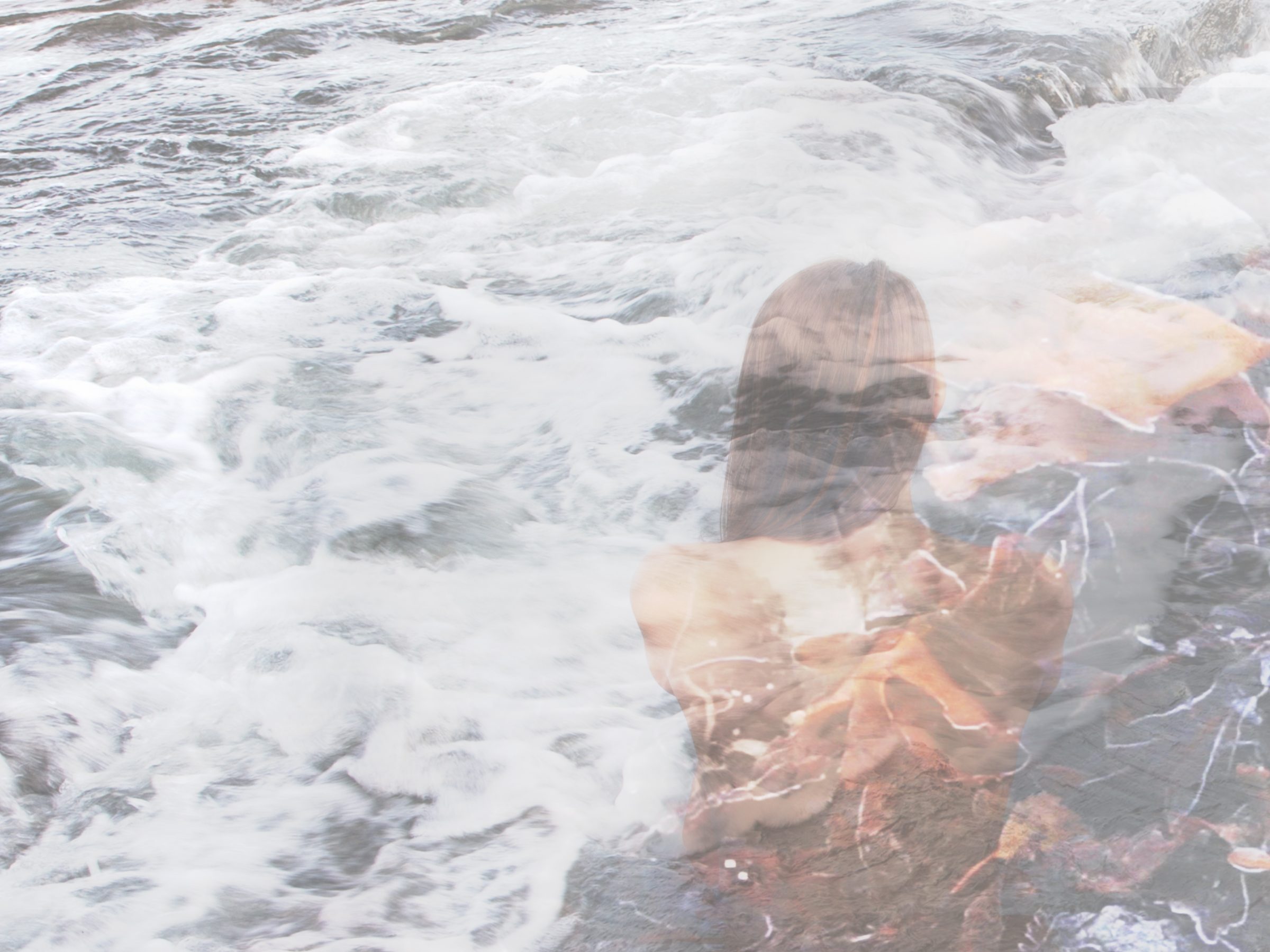
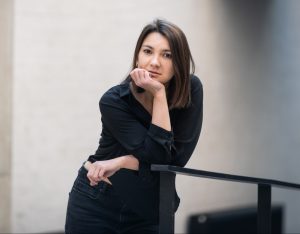 Anna Thu Schmidt (born 1989 in Germany) is a dance artist with a focus on dance improvisation, interdisciplinary projects, site-specific work, and integrated dance. Since 2017 Anna has been based in Trondheim after living and working in Indonesia, the Netherlands, and Germany. Her work is inspired by the cultures and natural environments she lives in and the connection and communications between humans and nature. Themes such as inclusion and accessibility are central in her artistic work. Her interest in the relation of dance to other arts leads to international collaborations and research on the intertwinement of dance and installation art.
Anna Thu Schmidt (born 1989 in Germany) is a dance artist with a focus on dance improvisation, interdisciplinary projects, site-specific work, and integrated dance. Since 2017 Anna has been based in Trondheim after living and working in Indonesia, the Netherlands, and Germany. Her work is inspired by the cultures and natural environments she lives in and the connection and communications between humans and nature. Themes such as inclusion and accessibility are central in her artistic work. Her interest in the relation of dance to other arts leads to international collaborations and research on the intertwinement of dance and installation art.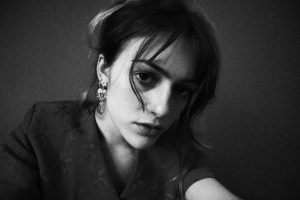 Thea Ellingsen Grant is a vocalist, composer and producer living in Norway. Her musical influences are many resulting in the creation and participation in different projects and bands. She graduated from the Jazz Academy in Trondheim in 2019 and is alternately producing and releasing music, playing gigs and touring with her projects – JUNO, j00, Caramel 11, Alpaca Ensemble & Eirik Hegdal, How To Read Water and Thea Ellingsen Grant – solo. She has released two albums «The Sky Opens Twice» and «Young Star» and she’s currently working on her first solo vocal album «Water and Dreams». On this album she will explore a vocal relationship with electronic devices, the foundation of several multidisciplinary collaborations, Panta Rei Danseteater and Arch 8 to mention a few. In 2018 she was commissioned to write and produce the music for the contemporary dance performance «Rising Tide» by Arch 8 / Erik Kaiel which premiered at the Purchase Art Centre in New York.
Thea Ellingsen Grant is a vocalist, composer and producer living in Norway. Her musical influences are many resulting in the creation and participation in different projects and bands. She graduated from the Jazz Academy in Trondheim in 2019 and is alternately producing and releasing music, playing gigs and touring with her projects – JUNO, j00, Caramel 11, Alpaca Ensemble & Eirik Hegdal, How To Read Water and Thea Ellingsen Grant – solo. She has released two albums «The Sky Opens Twice» and «Young Star» and she’s currently working on her first solo vocal album «Water and Dreams». On this album she will explore a vocal relationship with electronic devices, the foundation of several multidisciplinary collaborations, Panta Rei Danseteater and Arch 8 to mention a few. In 2018 she was commissioned to write and produce the music for the contemporary dance performance «Rising Tide» by Arch 8 / Erik Kaiel which premiered at the Purchase Art Centre in New York.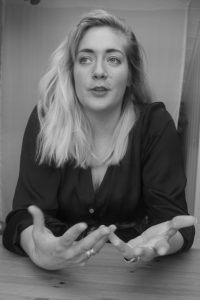 Mina Paasche (b.1988 in Lørenskog, Norway) is an interdisciplinary artist and researcher based in Bergen, Norway. Paasche combines art, cultural probes, ethnography and technology. Her work develops in a wide range of media including, film, video, sound, installation, photography and live performances which have been exhibited at both national and international performance and media arts festivals, institutions and galleries. Through her works, Paasche often explores interdisciplinary collaborative projects. Working on projects about human and animal echolocation and the transportation of soundscapes, inclusive exhibition designs, dystopian predictions about the future, gender identity, refugee issues and topics around illness and identity.
Mina Paasche (b.1988 in Lørenskog, Norway) is an interdisciplinary artist and researcher based in Bergen, Norway. Paasche combines art, cultural probes, ethnography and technology. Her work develops in a wide range of media including, film, video, sound, installation, photography and live performances which have been exhibited at both national and international performance and media arts festivals, institutions and galleries. Through her works, Paasche often explores interdisciplinary collaborative projects. Working on projects about human and animal echolocation and the transportation of soundscapes, inclusive exhibition designs, dystopian predictions about the future, gender identity, refugee issues and topics around illness and identity.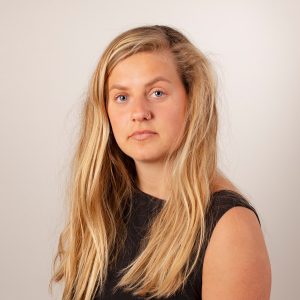 Hanne Dahl Geving (b.1991) is a visual artist based in Trondheim, Norway. She has a master’s degree in photojournalism from Mid Sweden University, Sweden, and a bachelor’s degree in photography from the University of the Creative Arts,England. Geving has worked with different mediums including photography, video, performance, text and sound, where she explores acoustic environments and human response to sound and multisensory experiences. In her art practice, Geving is interested in exploring themes that affect the human mental and physical health, and how art can be used to deal with difficult situations and emotions.
Hanne Dahl Geving (b.1991) is a visual artist based in Trondheim, Norway. She has a master’s degree in photojournalism from Mid Sweden University, Sweden, and a bachelor’s degree in photography from the University of the Creative Arts,England. Geving has worked with different mediums including photography, video, performance, text and sound, where she explores acoustic environments and human response to sound and multisensory experiences. In her art practice, Geving is interested in exploring themes that affect the human mental and physical health, and how art can be used to deal with difficult situations and emotions.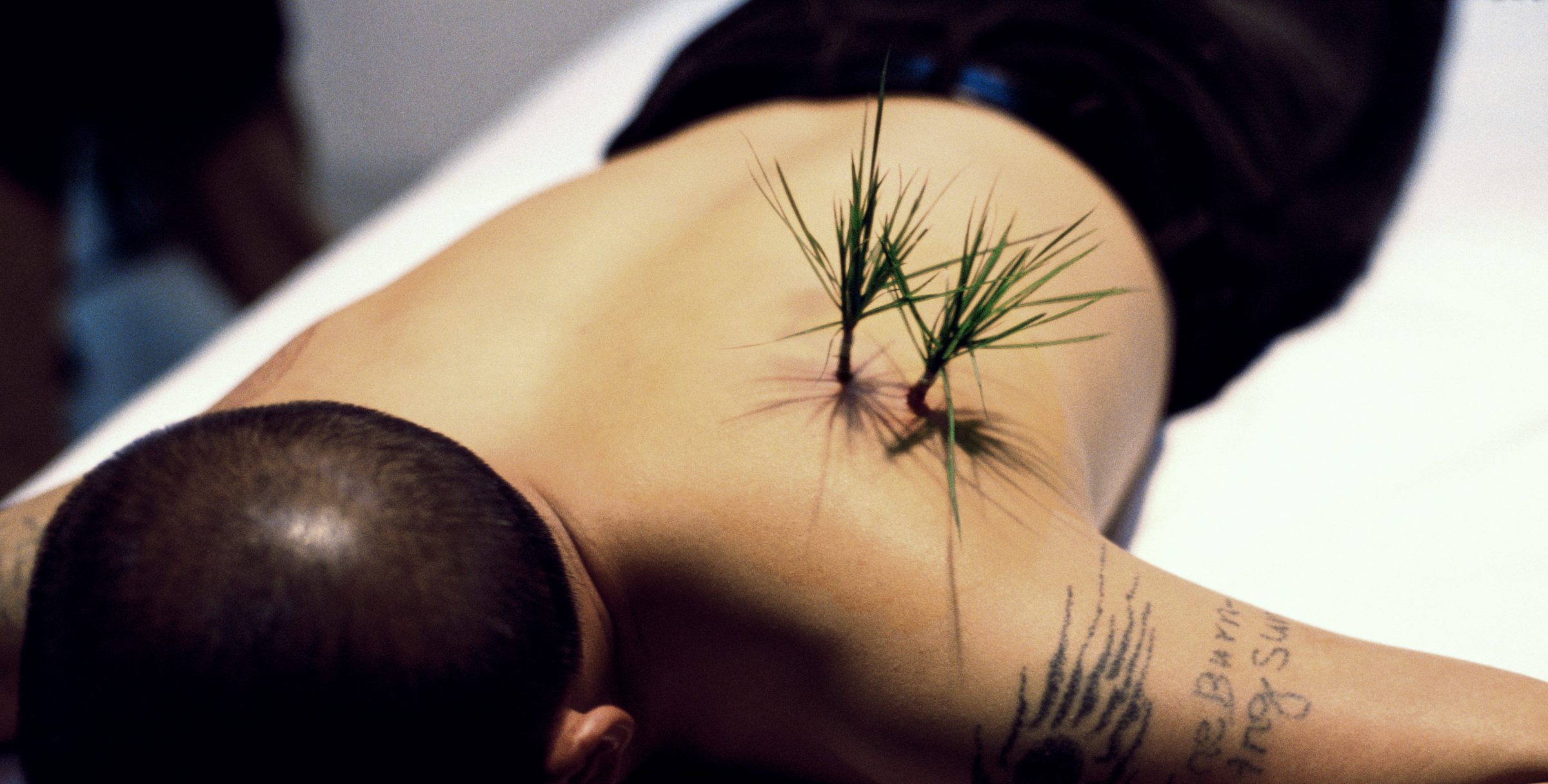
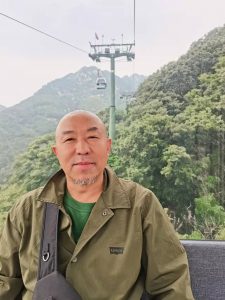 Yang Zhichao is one of China’s most prominent performance artists.
Yang Zhichao is one of China’s most prominent performance artists. 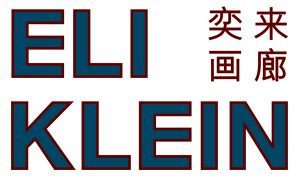

 Kirsty Kross is an Oslo based artist originally from Brisbane, Australia. Her work focuses largely on humans’ relationship to the attention economy and growing ecological uncertainty. She holds a Bachelor’s Degree in Art History from the University of Queensland and a Masters Degree of Art in Context from the Berlin University of the Arts. Kirsty Kross has exhibited and performed at Bergen Assembly, Høstutstillingen, KUBE og Jugendstilsenteret, Tenthaus and PINK CUBE as well as Clockwork Gallery, Parkhaus Projects and Galerie Crystal Ball in Berlin. She will perform at “Jeg kaller det Kunst”- the opening exhibition of the Norwegian National Museum in 2022.
Kirsty Kross is an Oslo based artist originally from Brisbane, Australia. Her work focuses largely on humans’ relationship to the attention economy and growing ecological uncertainty. She holds a Bachelor’s Degree in Art History from the University of Queensland and a Masters Degree of Art in Context from the Berlin University of the Arts. Kirsty Kross has exhibited and performed at Bergen Assembly, Høstutstillingen, KUBE og Jugendstilsenteret, Tenthaus and PINK CUBE as well as Clockwork Gallery, Parkhaus Projects and Galerie Crystal Ball in Berlin. She will perform at “Jeg kaller det Kunst”- the opening exhibition of the Norwegian National Museum in 2022.
